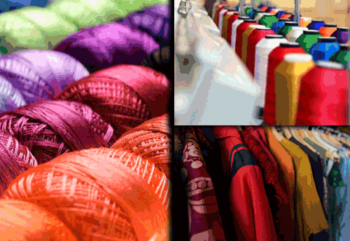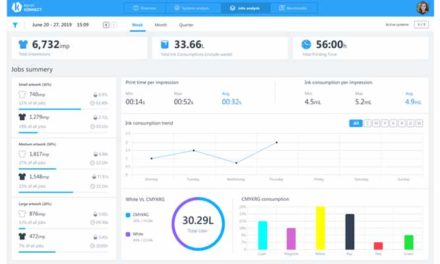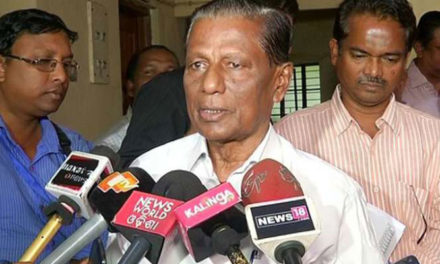 Textile and clothing exports grew 28 percent year-on-year to $7.75 bn in the first five months (July to November) of this fiscal year, mainly on the back of a massive depreciation in the rupee’s value and a steady rise in global demand. The year-on-year growth in November was even higher at 35 percent, data released by the Pakistan Bureau of Statistics showed recently.
Textile and clothing exports grew 28 percent year-on-year to $7.75 bn in the first five months (July to November) of this fiscal year, mainly on the back of a massive depreciation in the rupee’s value and a steady rise in global demand. The year-on-year growth in November was even higher at 35 percent, data released by the Pakistan Bureau of Statistics showed recently.
The government has yet to announce the much-awaited textile and apparel policy pending for the last few years. Several drafts have been presented before the Economic Coordination Committee, but the policy has yet to be approved.
However, in the budget 2021-22, the government drastically reduced duty and taxes on the imports of several hundred raw materials to bring down the input cost of exportable products. Liquidity issues were also resolved to a considerable extent by a timely release of refunds and the payment of cash subsidies.
Data showed that ready-made garments exports jumped 23.4percent in value and 23.6 percent in quantity during July-November, while the exports of knitwear edged up 36.6 percent in value but dipped 14 percent in quantity. Bedwear exports grew 23.6 percent in value and 23.9 percent in quantity. Towel exports were up by 18 percent in value and 9.4 percent in quantity, whereas those of cotton cloth rose by 22.3 percent in value and 16.2 percent in quantity.
Among primary commodities, cotton yarn exports surged 65.5 percent and those of yarn made from material other than cotton by 118.8 percent. The exports of made-up articles — excluding towels — rose by 15 percent, while those of tents, canvas and tarpaulin dipped by an equal percentage during the period under review. The export of raw cotton declined by 100 percent, which means there were no exports of the commodity during the period.
The import of textile machinery jumped 97.9 percent in July-November, reflecting expansion or modernisation in the textile industry. To bridge the shortfall in the domestic sector, the industry imported 313,729 tonnes of raw cotton in July-November compared to 239,111 tonnes a year ago, an increase of 31.2 percent.
Similarly, the import of synthetic fibre dropped 4.7 percent as the industry imported 195,504 tonnes this year compared to 205,241 tonnes. The import of synthetic and artificial silk yarn fell 3.2 percent to 164,834 tonnes from 170,313 tonnes in the year-ago period. The import of worn clothing recorded a growth of 110.4 percent to 428,419 tonnes from 203,648 tonnes last year. During the five-month period, the country’s overall exports posted a year-on-year growth of around 27 percent to reach $12.36bn from $9.74bn in the same period last year.










